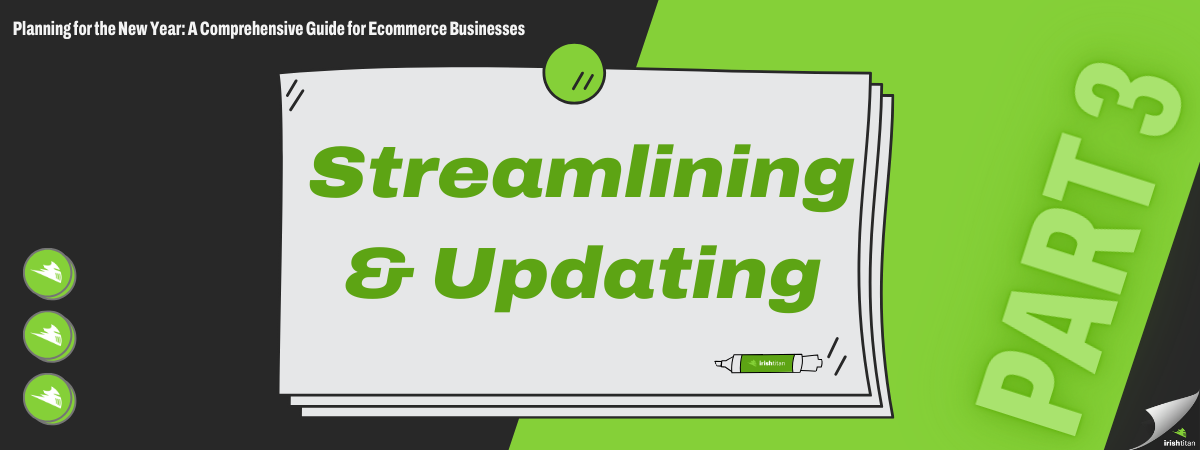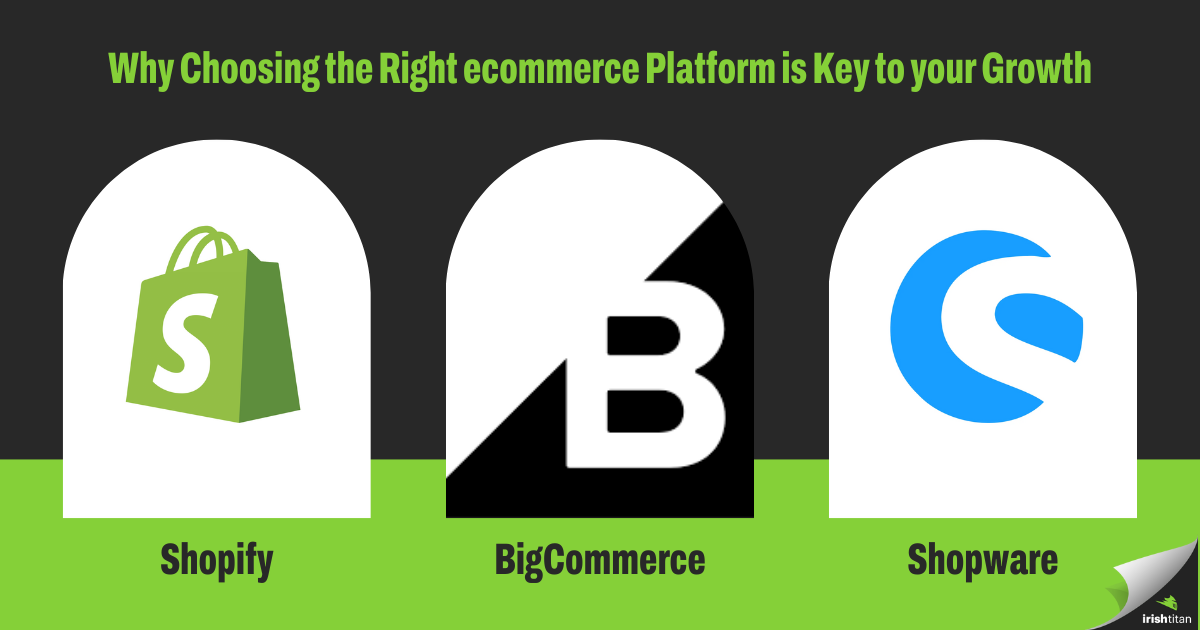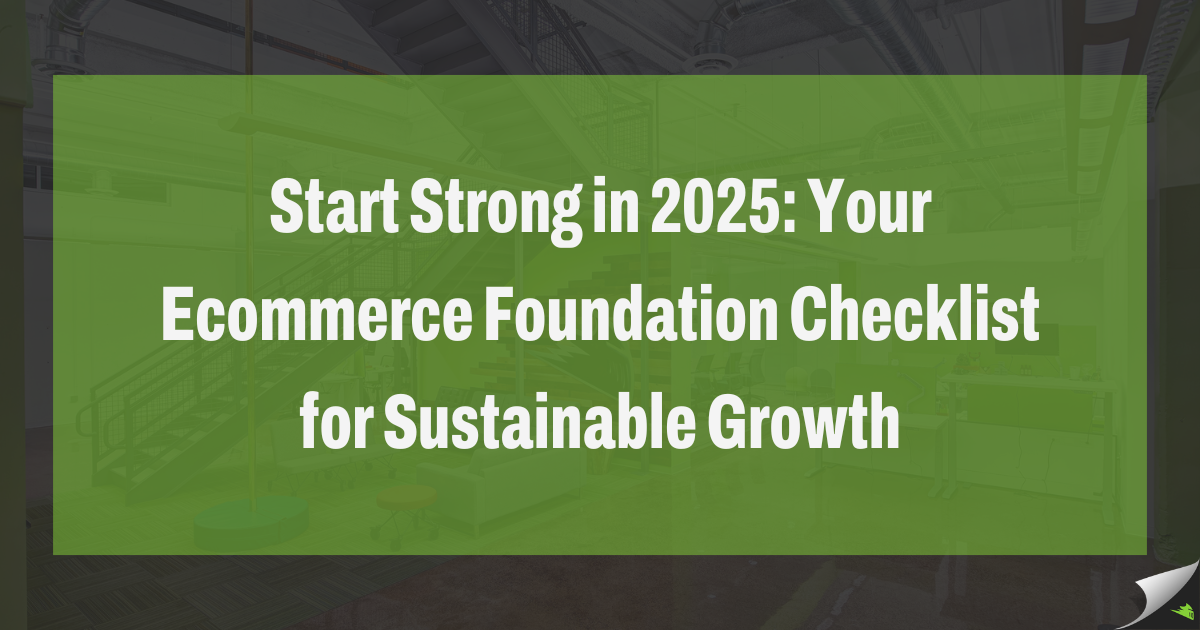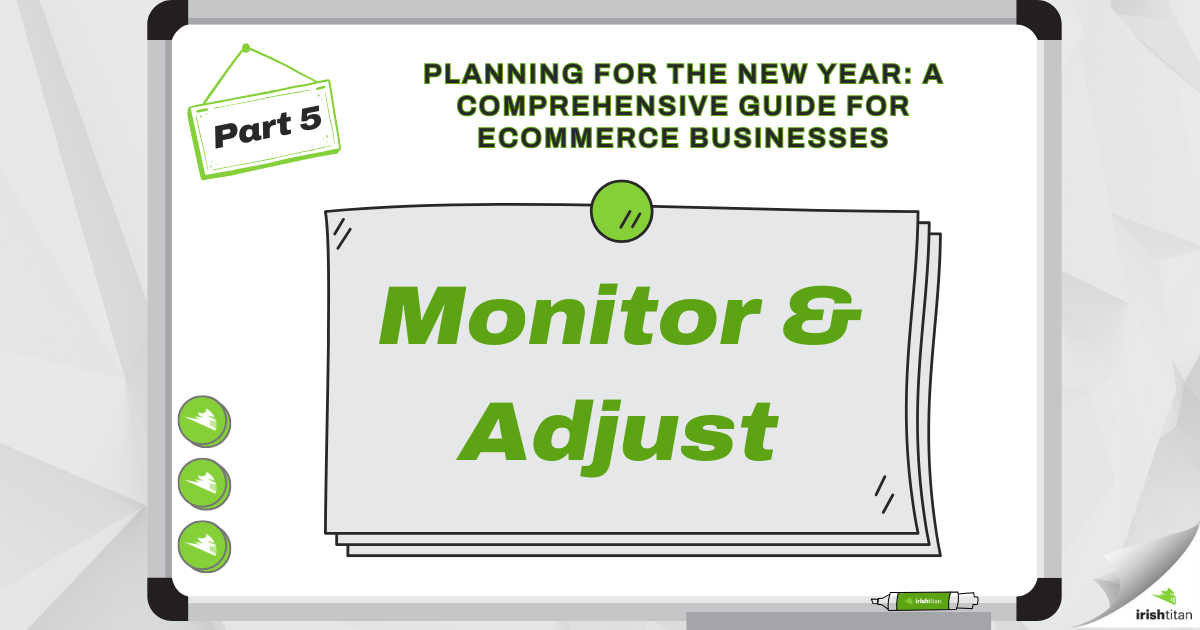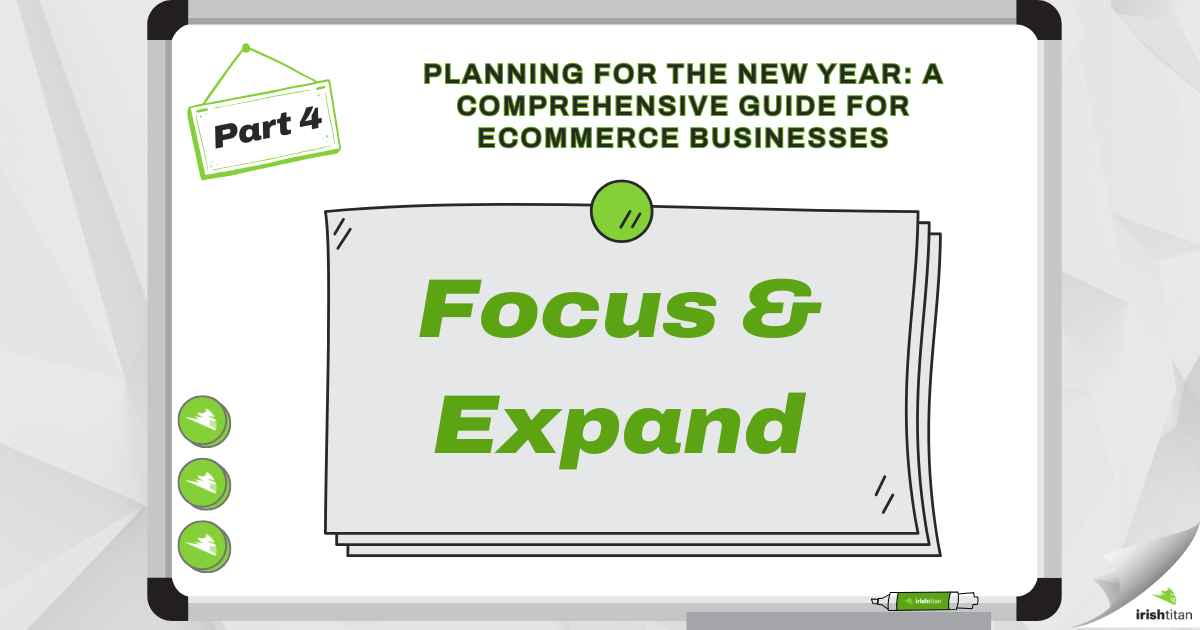Planning for the New Year Part 3: Streamlining & Updating
Planning for the New Year: A Comprehensive Guide for Ecommerce Businesses
Part 3: Streamlining and Updating
Want the full series? Here's the 5 part extravaganza: Part 1: Reflection & Planning Part 2: Optimization & Strategic Planning Part 3: Streamlining & Updating Part 4: Focus & Expand Part 5: Monitor & Adjust
In today’s fast-paced ecommerce world, your website is the beating heart of your business. It’s not just where transactions happen; it’s the first place customers form an impression, where loyalty begins, and where the potential for growth lies. To stay competitive, you need to continuously refine the user experience, optimize operations, and leverage the latest technology.
We’re nearing the finish line of our five-part planning series, and Part 3 is all about refining your ecommerce site to boost your business in the new year. From optimizing navigation and mobile responsiveness to streamlining fulfillment and implementing cutting-edge technology, this is the part that takes your website from good to great.
1. Website and User Experience: Making every count click
To keep your customers happy and coming back, the user experience on your site needs to be smooth and effortless. Here’s where to focus:
- Simplify Navigation: Organize categories and menus so customers can easily find what they’re looking for.
- Optimize Mobile Responsiveness: Your site needs to perform seamlessly across all devices, especially mobile. This isn’t negotiable.
- Boost Site Loading Speed: Nobody has time for a slow site. Optimize images, reduce code, and use caching tools to speed things up—because a delay equals lost sales.
Personalization: Make it personal, Make it relevant
Customers expect a personalized experience, and that means using their data to make recommendations that matter. Here’s how:
- Product Recommendations: Suggest items based on what they’ve browsed or purchased before.
- Dynamic Content: Tailor homepage banners, emails, and cart suggestions to individual preferences.
- Engaging Interactions: Features like “Recently Viewed” or “You May Also Like” are simple, but they make customers feel like you’re paying attention to their interests.
SEO Audit: Boost Your Visibility, Drive More Traffic
Your SEO strategy can make or break your ecommerce success. Here’s what to focus on:
- Keyword Refresh: Target specific, long-tail keywords that customers are actively searching for.
- Optimized Site Structure: Make sure your site is easy to navigate with clear URLs and proper internal linking.
- Content Development: Answer customer questions and boost your authority with valuable content.
- Technical SEO: Optimize meta tags, alt text, and schema markup to improve your search engine rankings.
2. Technology + Tools: The Backbone of Your Ecommerce Business
The right tech stack is key to growing your ecommerce business. As you scale, ensure your tools and platforms are supporting both your current needs and your future ambitions. Here’s how to keep your tech in top shape:
- Platform Assessment: Does your ecommerce platform still meet your needs? Consider scalability, ease of use, and essential features like flexible payments and inventory management. If updating product info or integrating campaigns is a hassle, it might be time to explore alternatives.
- Tech Audit: Regularly assess your tools—CRM, email marketing, inventory management—so you can spot redundancies, streamline processes, and cut costs. Upgrading outdated tools will ensure you’re staying competitive.
- Integrations: Optimize integrations to increase efficiency. Automated email campaigns, flexible payment options, real-time stock tracking, and customer support tools (like chatbots) are all must-haves for improving the user experience and driving conversions.
- Analytics: Use tools like Google Analytics and heatmaps to track user behavior and identify pain points. Monitor key metrics like traffic, conversion rates, and bounce rates, and use A/B testing to refine designs and optimize for higher conversions.
3. Fulfillment And Operation: Get It Right Every Time
The customer experience doesn’t end when they hit “buy”—the fulfillment process is just as important. Here’s how to optimize it:
- Shipping Optimization: Review shipping carriers and costs to find opportunities for savings while maintaining fast, reliable delivery. Offering free shipping on orders over a certain amount or expedited options during peak seasons can improve conversion rates and customer satisfaction.
- Inventory Management: Use advanced software to track stock levels in real time, preventing stockouts and overstocking. A solid inventory management system ensures you have what you need, when you need it, without tying up capital in unsold goods.
- Returns Policy: Offer a simple, hassle-free return process with clear instructions—and if possible, free return shipping. A customer-friendly return policy builds trust and encourages repeat business.
Our final thoughts: Stay Ahead of the Curve!
Improving your website, enhancing user experiences, and optimizing operations are all critical steps to staying competitive. By investing in better technology, streamlining fulfillment, and using data to personalize the shopping journey, you’re setting up your business for long-term success. When you get these elements right, you create a seamless experience that delights your customers and drives growth—so you’re not just keeping up, you’re ahead of the curve.
More from Ecommerce...
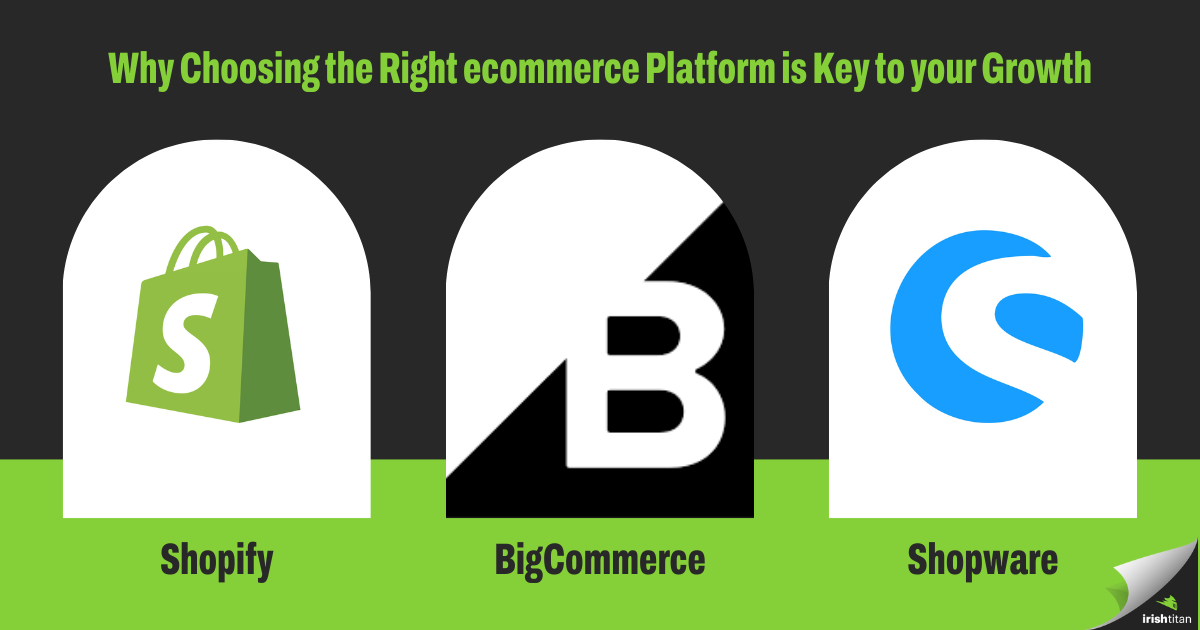
Your ecommerce platform is the nucleus of your business and choosing the right platform for your website is the essential nutrient for longevity and growth of your business.

We’re kicking off the new year with a fresh approach to help you learn more from us—and about how we can help your business grow.
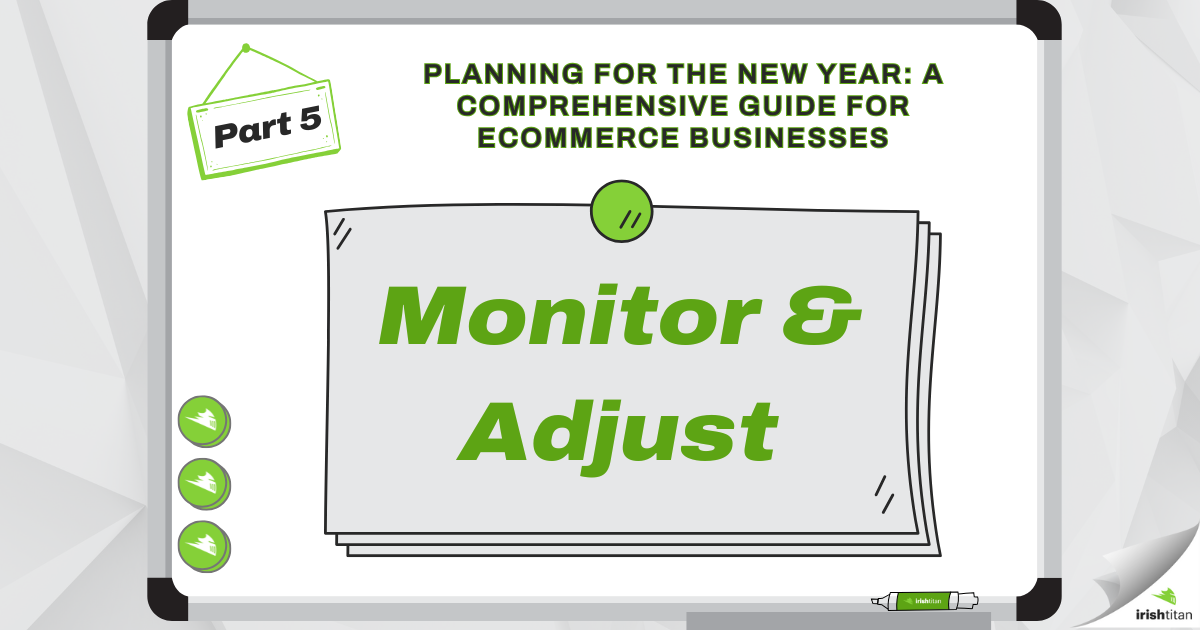
In the final part of our 2025 planning guide, we’re diving into a crucial practice for any successful ecommerce business: staying dynamic in an ever-changing market.
